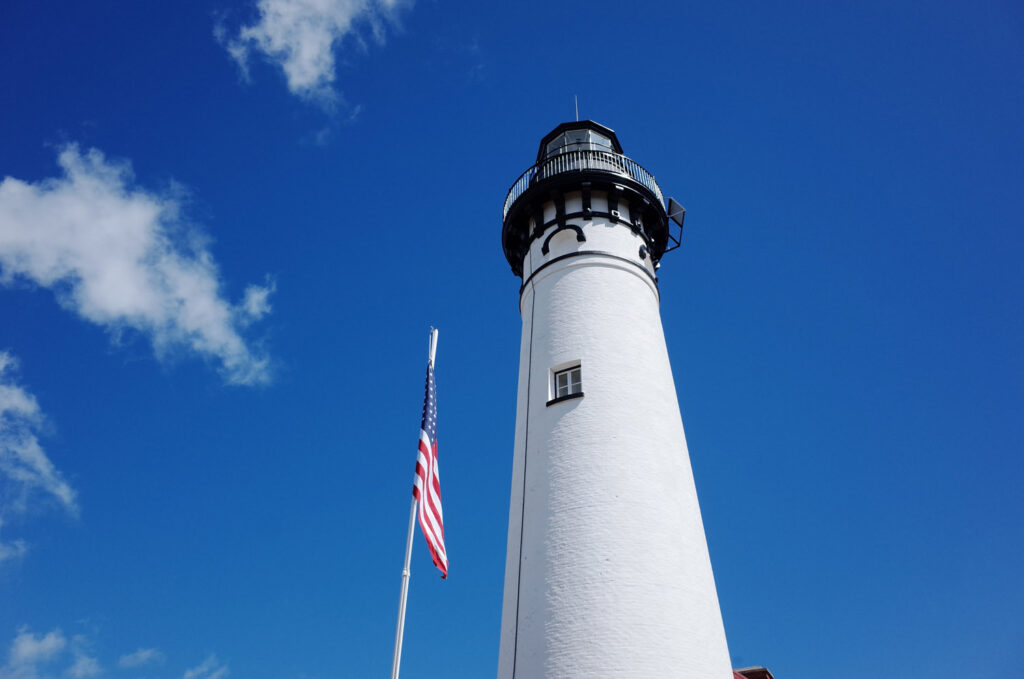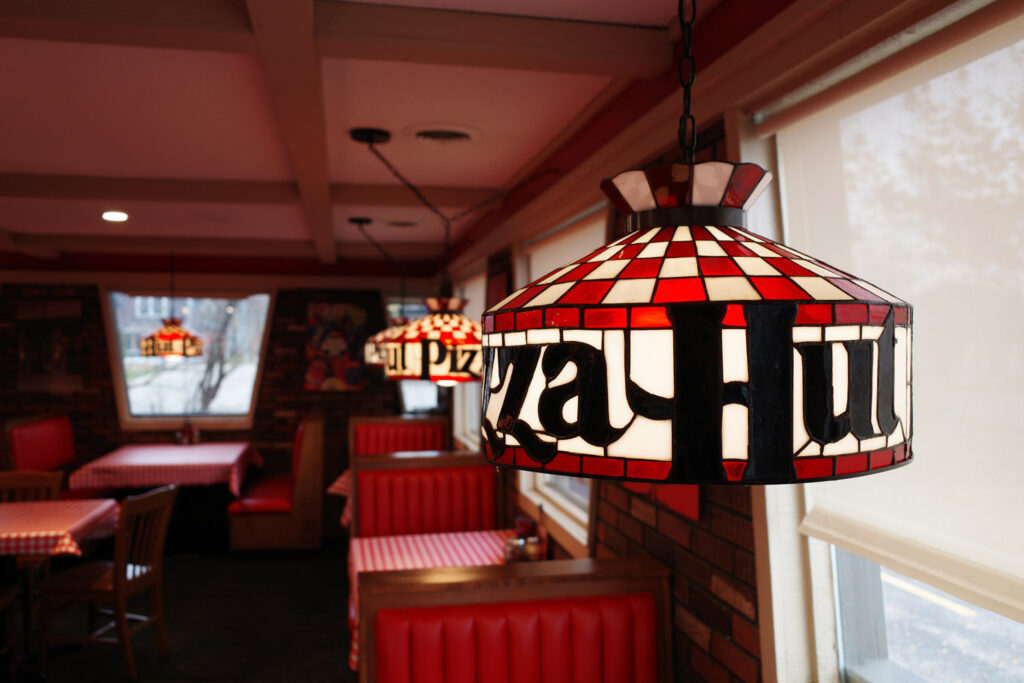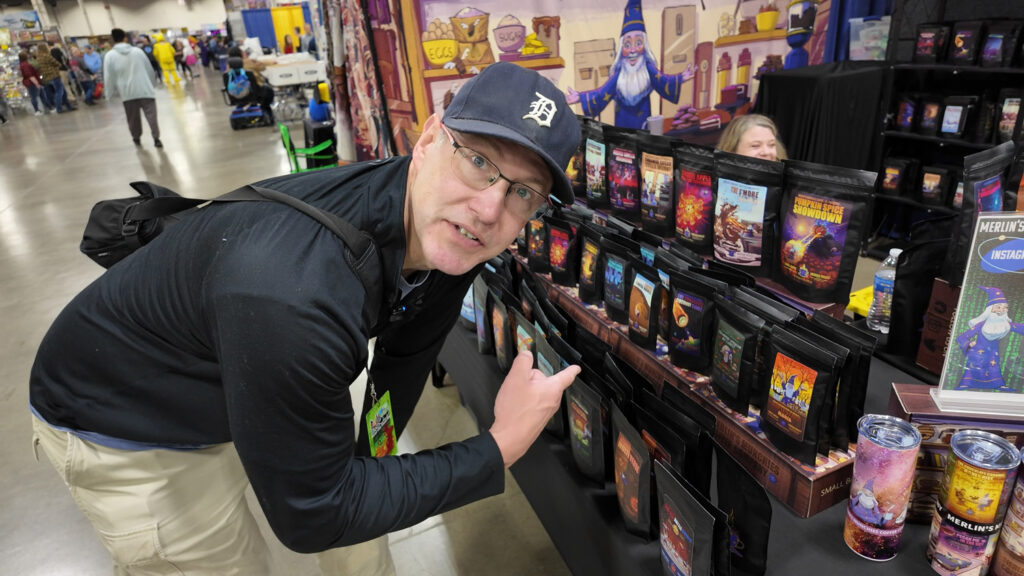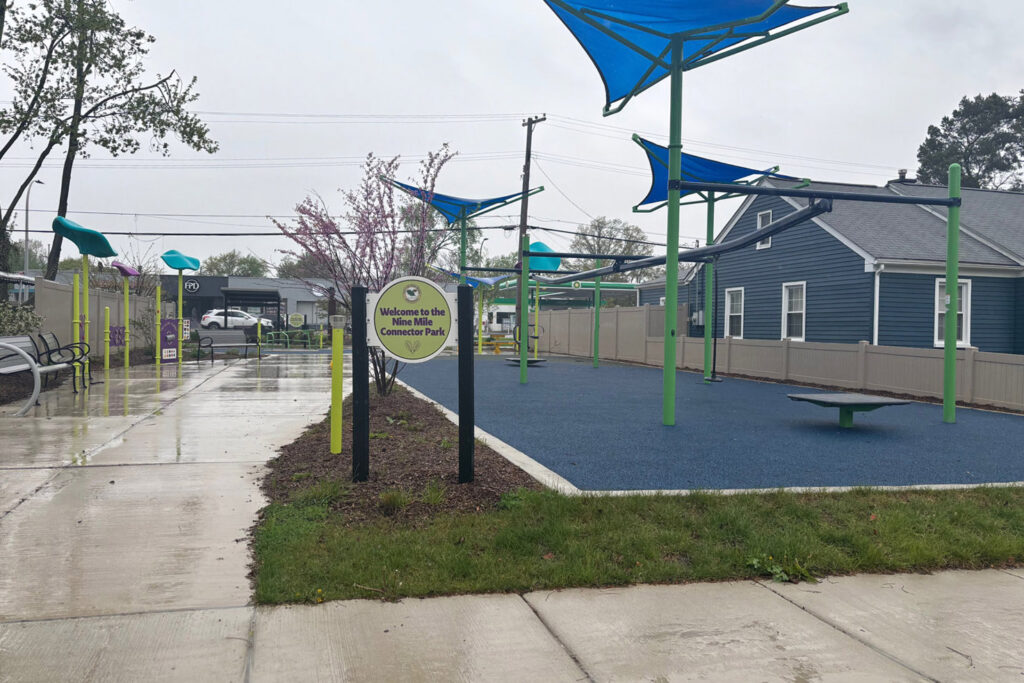Munising — Starting in 1874, the Au Sable Light Station was staffed by hardy people and their families who kept the flame lit each night until 1945 when the Coast Guard took over. They braved harsh weather and wild water, even risking their lives to save others.
Life was no picnic for Lake Superior lightkeepers, and now we long to experience a measure of their self-dependency.
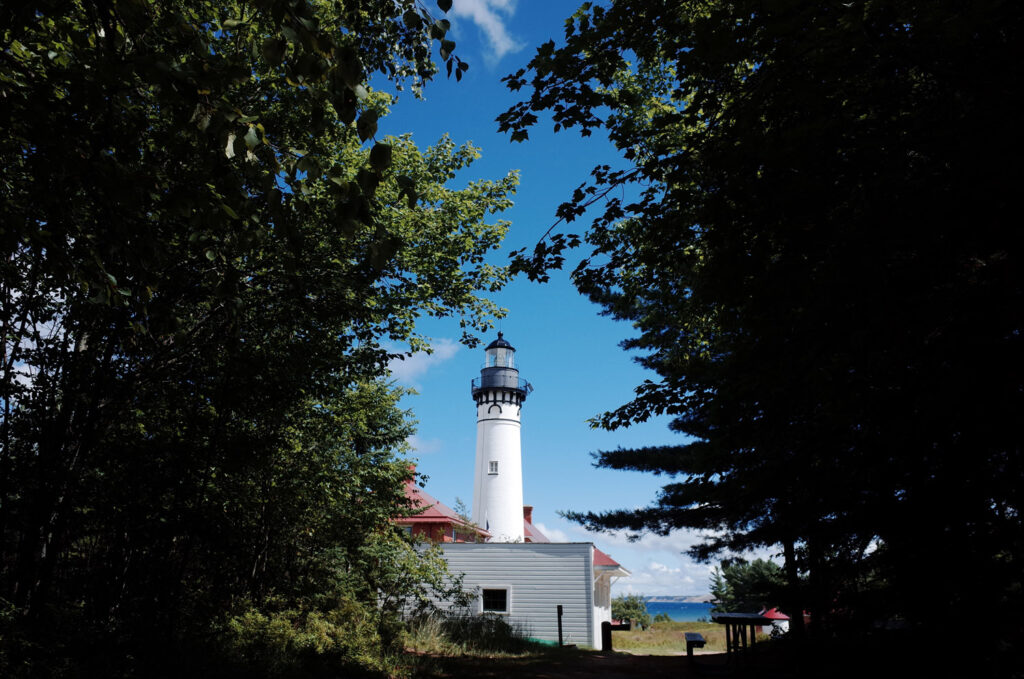
Today, the Au Sable Light Station is just 20 minutes by car from Grand Marais down an easy hike along the waves of the cold inland sea. When I went, Lake Superior’s whitecaps were rolling into shore, and the wind was gusting up to 30 miles an hour.
I felt seasick just thinking about taking a small wooden boat out to reach those whose ship had run aground on the reef. In case of a shipwreck, the keepers and their lifeboat would be their only hope.
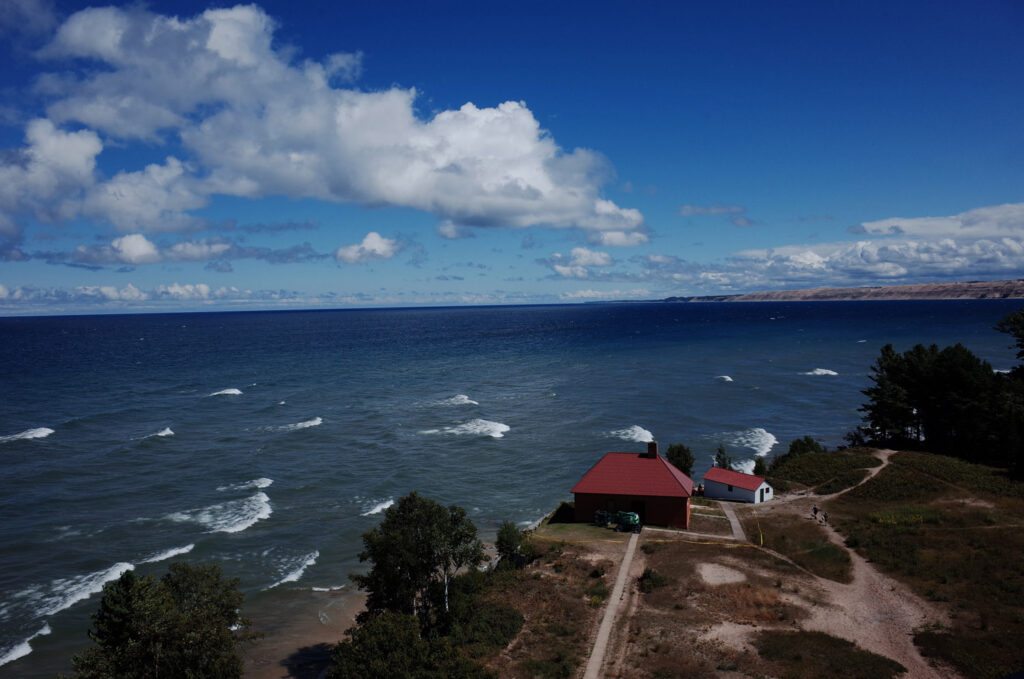
Search and rescue isn’t listed in a 1927 book of lightkeeper’s official duties, it was just the right thing to do. One keeper, named Napoleon Beedon, lost count of the lives he had saved.
“I have been instrumental in saving many a person from a watery grave during the time I have been in the imploy of the government,” Beedon wrote in the lightkeeper’s journal on his retirement in 1879.
There is a blackboard in the lighthouse that shows the amount of provisions given to each family assigned to work there. Apple trees and the animals in the area also provided food. These people used what they could find.
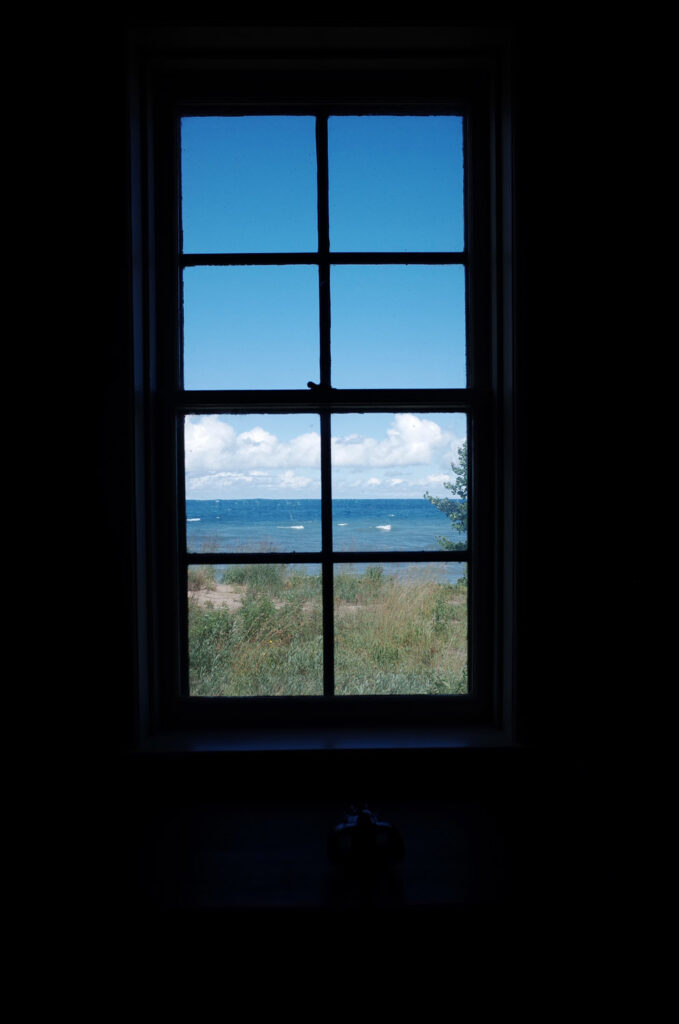
Every part of the grounds was for the purpose of keeping people alive, whether those at sea or the civilians working on the light.
The boathouse stands with a small deck near the frantic shore. Three outbuildings huddle in the sand about 30 feet away from the main lighthouse and the attached keeper’s quarters, an outhouse and two oil buildings.
After 25 years of operation, a steam-powered fog horn was built to warn boats away from the shore. This was an improvement upon the hand-cranked variety, which required the keeper to start turning as soon as warm air from the sand dunes would cause fog to rise over the frigid water.
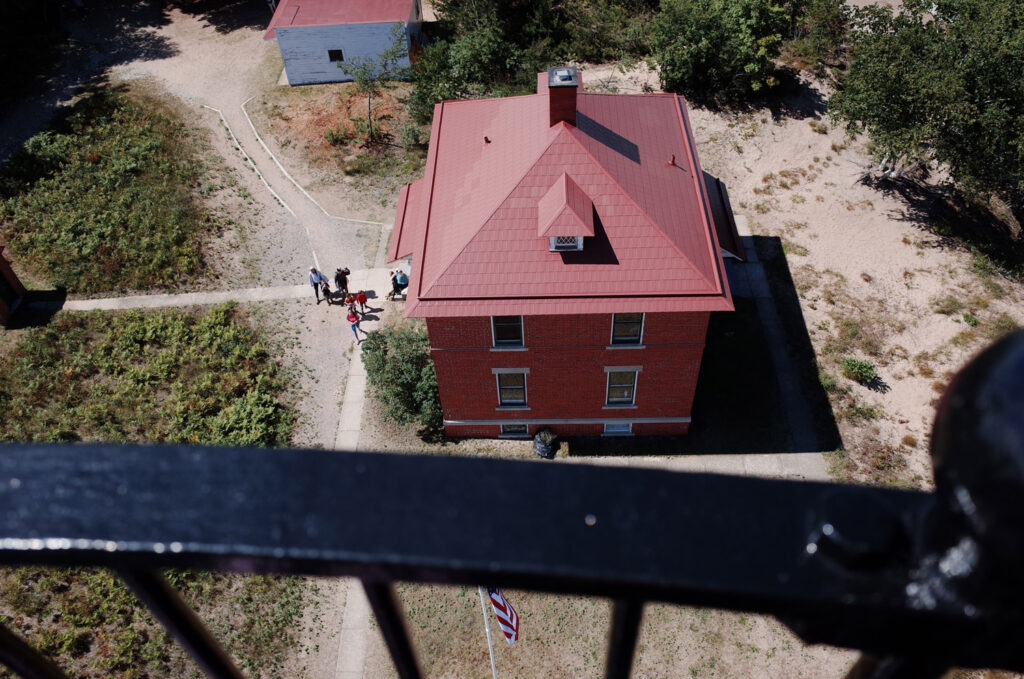
The building closest to the lighthouse would have been for the family’s of two assistant keepers, while the newer, larger building—currently closed for renovations—housed the head keeper.
Normal people wanted to work here back then, hauling whale or paraffin oil up the stairs to the burning wicks inside the Fresnel lens, which would have to be cleaned of soot each day.
The lens was capable of directing an open flame 17 miles out onto the water by changing the diffusion of light and concentrating it.
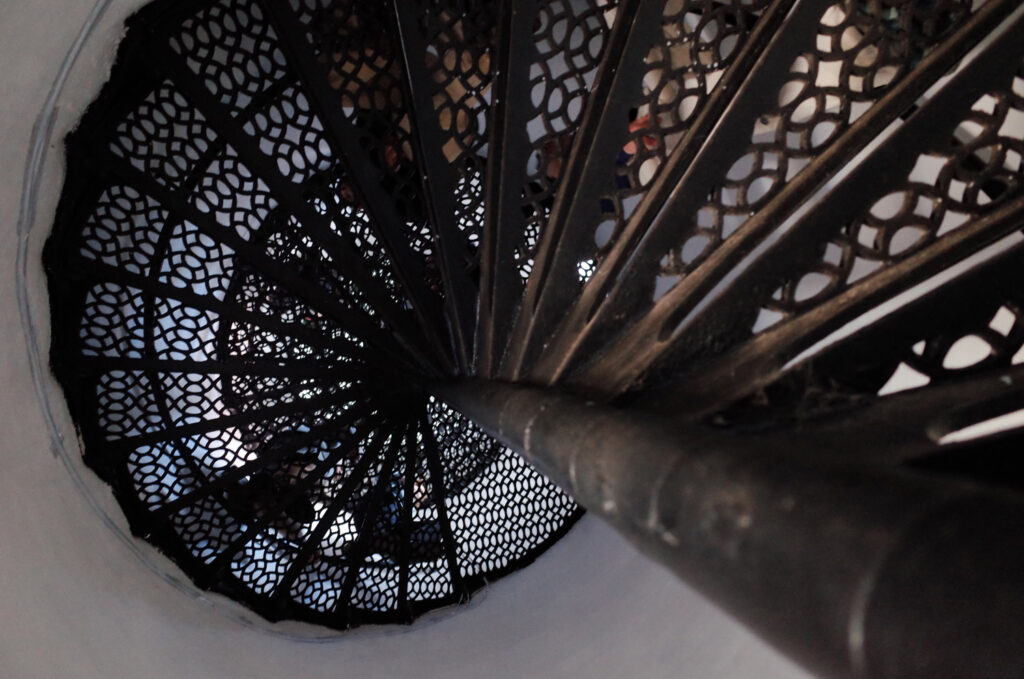
The architecture also reflects the lifesaving work of keeping the light burning into the night. There are built-in cabinets down one flight of stairs underneath the lower lantern room with curved doors, I imagine to make it easier to get up the stairs in a hurry.
The spiral metal staircase grates wouldn’t require much cleaning, but they are dizzying.
Also dizzying is the walkway around the outside of the upper lantern room, where you can look over the railing at the lakeshore, the woods behind it and the dunes. The wind will take your hat, and you can feel the tower swaying in the gusts.
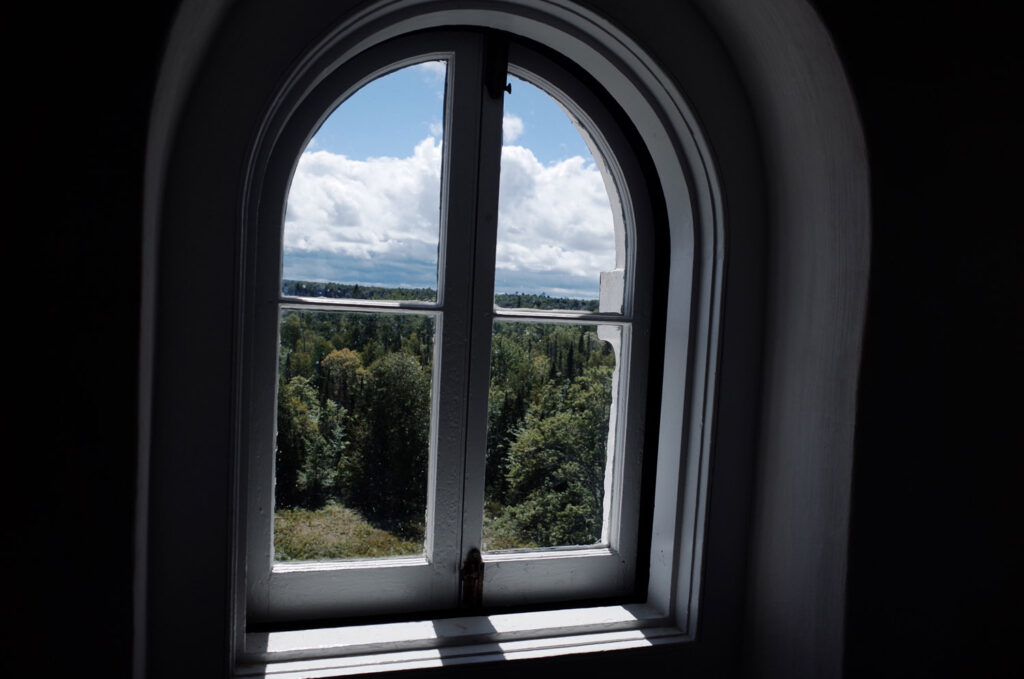
The keeper’s quarters attached to the lighthouse is beautiful in its simplicity. You’d be tempted to try to recreate it in a summer cottage somewhere.
Lighthouses required from their keepers an ascetic life and constant sacrifice for strangers they would never meet or see, keeping them safe in the storm by ensuring the light was always on during the shipping season.
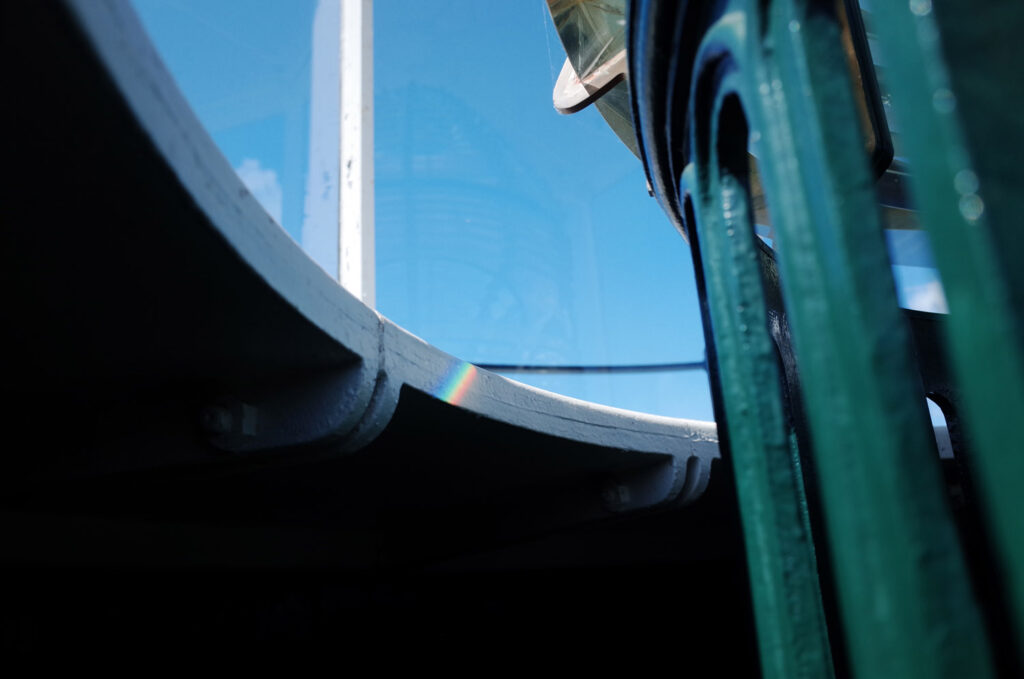
Many of us will never get to experience putting our lives on the line to save other people, to be detached from society for a higher purpose.
But it’s not as if these people had no joy. “I feel contented and satisfied with the station,” wrote lightkeeper Gus Gigandet, who started working in 1884. He and his wife stuck it out for 12 years, according to the National Park Service.
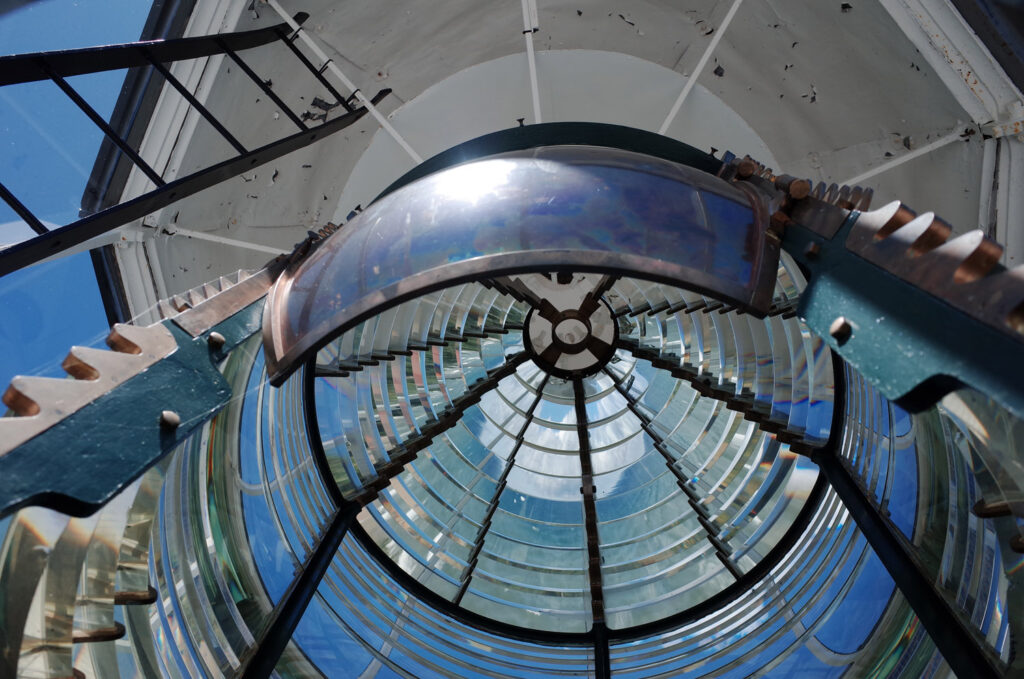
Some keepers worked in the nearby lumber camps during the winter. Some hunted and fished. Others tended fruit trees. There’s a lot to enjoy when you’re not concerned about what your neighbors have and you don’t.
It seems like modernity has encouraged us to replace self-reliance with convenience, and contentment with never-ending spending.
Now the lighthouse flame never burns. The Fresnel lens has been replaced by a solar-powered LED on a photoresistor, no humanity required.
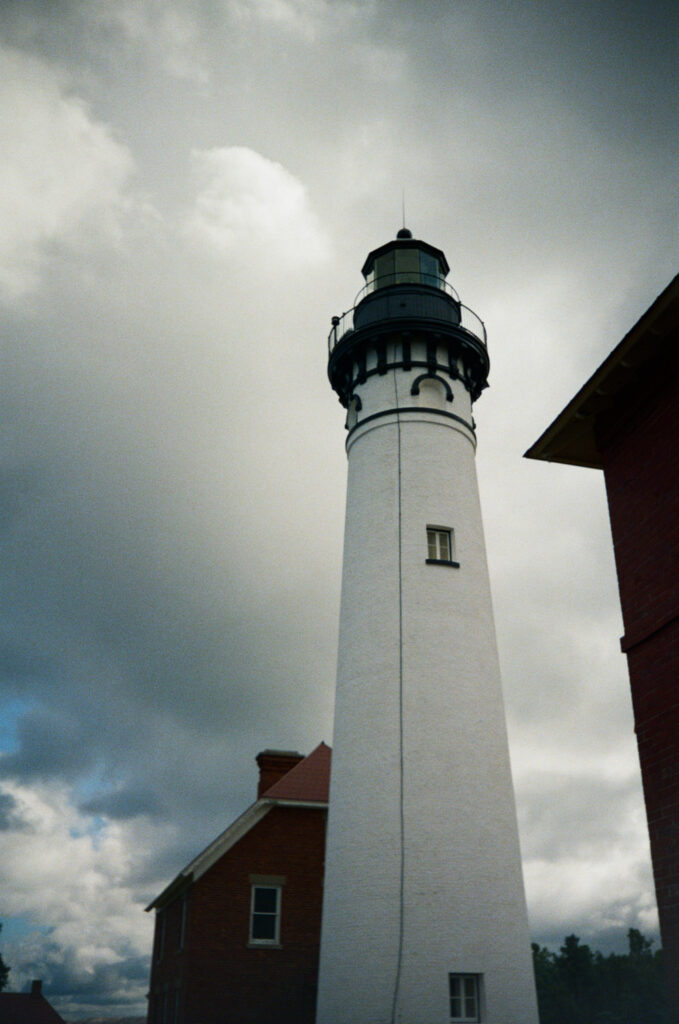
But the Au Sable Light Station stands as a reminder of a life that’s possible when we stop clamoring for more stuff, when we cling to our families during the storm and work to keep the light lit for others in the night.
Brendan Clarey is deputy editor of Michigan Enjoyer.
